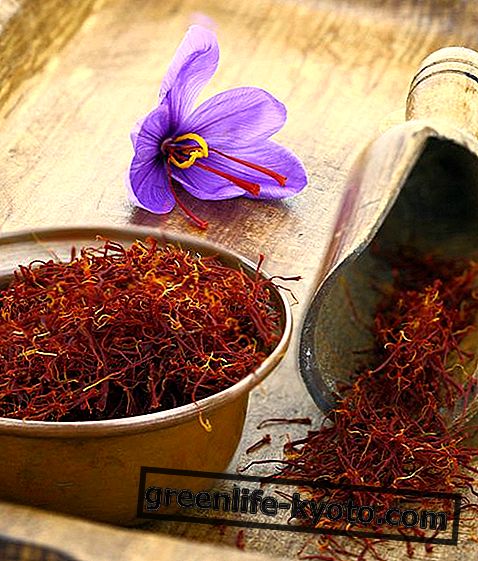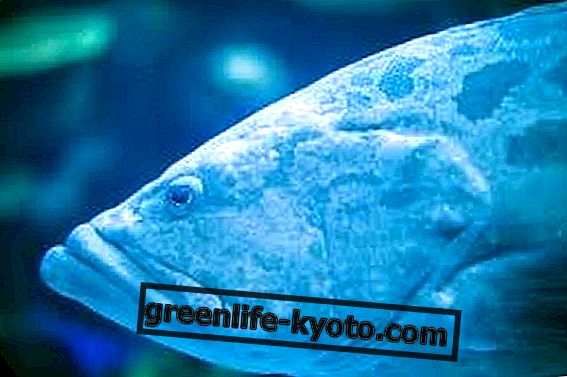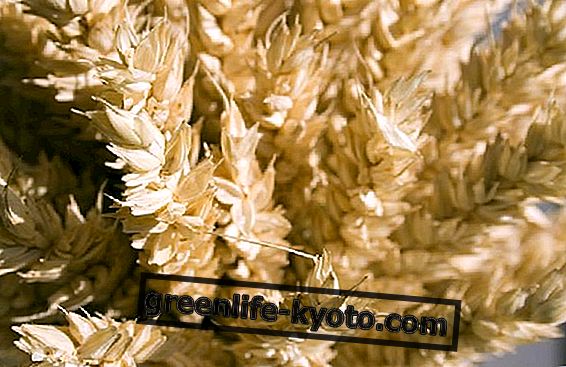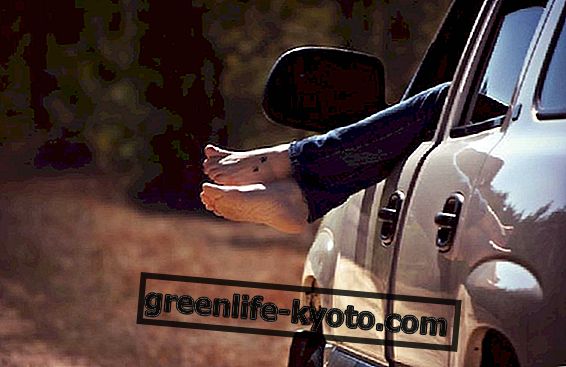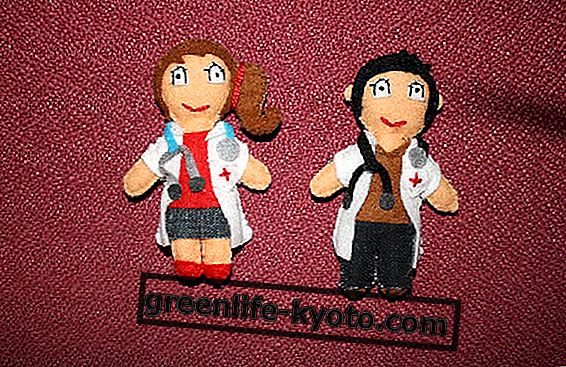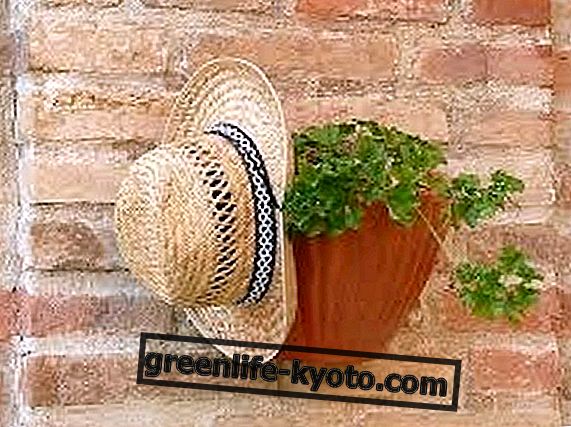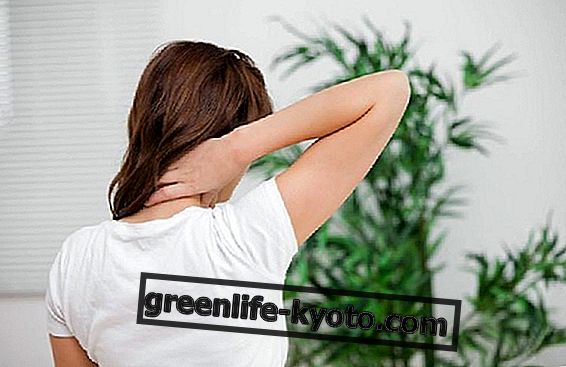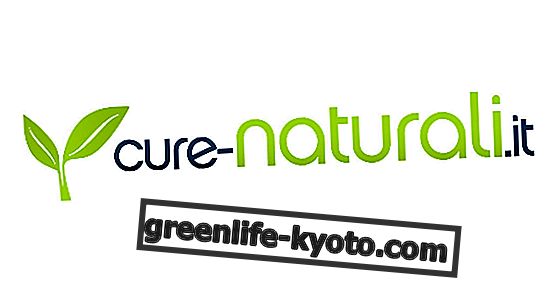
The link between gemmotherapy and Pol Henry is so indissoluble that this Brussels homeopathic physician is considered, for all intents and purposes, the founding father of this natural medicine. He is responsible for the idea of using vegetable shoots of trees and shrubs in human therapy . He developed and proposed an innovative therapeutic method based on the correspondence between plant / soil / human body, then finding confirmation on a pharmacological and clinical level. The results of his first works appeared in the Archives Homéopathiques de Normandie in 1959 and today the spread of gemmotherapy still demonstrates the effectiveness of his method and his remedies.
This therapy uses meristematic tissues (the growing embryonic tissues) of trees and shrubs. While the classical herbal medicine employs already formed flowers, leaves, roots and barks; gemmotherapy prepares its remedies, the bud-derived ones, starting from the embryonic tissues, that is the parts of the plant in development, (emerging buds and buds; seeds and catkins; young shoots of roots and barks) preserved in a solution of water, alcohol and glycerin. For this reason, the bud derivatives are also called glyceric macerates or glycerine macerates (MG).
Pol Henry, gemmotherapy and plant associations
If we go for a walk in the woods, we can notice that the big trees (oaks, beeches, elms, linden, birch, etc.) live forming groups (oaks, beech-woods, etc.) and around them we associate shrubs, grasses and other plants species, with which they share the soil, the climate and the water, thus forming a particular ecosystem . According to the theory of Pol Henry a plant, or groups of plants, is able to process and enrich the soil or degrade it in the composition. Similarly the same effect can be had for the human "ground" with precise therapeutic actions .
According to Henry, there is therefore an analogy between the behavior of a tree, or group of plants, living in a given environment, with respect to the functions performed on this particular ecosystem, and the ability of the plant, or group of associated plants, to operate on other biological systems, in particular humans. Therefore, their symbiosis, or antagonism, is able to modify the "ground", whether it is that on which they live or that belonging to other living beings, finding correspondence with the human organism and its pathologies .
The experimentation of the effects of sprouts on human blood proteins showed that this correspondence had a pharmacological and clinical confirmation. In fact, the maintenance of the species and the transmission of the hereditary factors are due to the plasma proteins. Every pathological variation, according to gemmotherapy, corresponds to similar plant and soil variations. So there is a parallelism between the evolution of forests, the changes in the soil they cause, and the alterations of the biological soil in the human body .
Pol Henry, gemmotherapy and meristematic tissues
On the basis of these insights, Pol Henry developed the analogical biological model that uses plants for therapeutic purposes, taking into account the interactions between individuals of different species, which share the same soil, of the alterations that they cause on this soil. and of the capacity they have to modify the amount of plasma proteins in our body: as if in the plasma proteins the imprint of the soil that helped to grow the corresponding plant was preserved.
Furthermore, in the comparison between gem and adult tissue, Pol Henry showed that there are considerable qualitative and quantitative variations in active ingredients, as they are particularly rich in enzymes, vitamins, minerals, trace elements, growth factors, nucleic acids (RNA and DNA), plant hormones (which disappear when chlorophyll forms). Therefore the extraction of the bud-derived products brings all the genetic information of the plant (embryonic virtue of the meristem) as well as the active ingredients contained in the different parts (fruit, leaf, flower, stem, rind, root, seeds, sap), proper to the species . These remedies therefore combine the properties of the whole plant, and for this reason for each tree or shrub, the bud-derived is more complete in terms of active ingredients than its mother tincture or herbal tea or any other extraction, as it contains all active ingredients that that plant possesses in its entirety.

